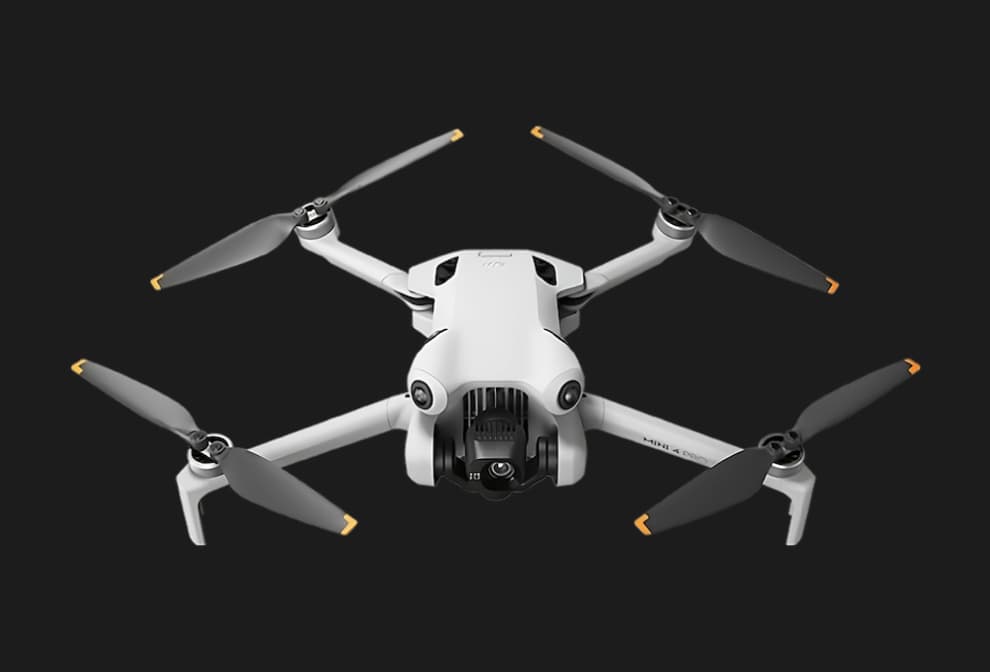Are drones allowed in El Salvador?
Is the use of drones permitted in El Salvador? As per AAC regulations, drone usage is allowed in the country. Further information can be found below.
El Salvador drone laws list:
As per the Regulation of Unmanned Aerial Vehicles (RAC-VANT), released on April 27th, 2017, Unmanned Aerial Systems (UAS) encompass aircraft, comprising those with fixed, rotary, and unmanned blimps, designed for aerial work, experimental activities, and recreational flights distinct from aircraft modeling.
Drones weighing 25kg and above are not encompassed by the authorizations outlined below.
For non-recreational private use, UAS must acquire a Certificate and undergo aircraft registration. Meanwhile, recreational UAS only requires registration with AAC.
- UAS operators inspect the aircraft before each flight to ensure it is functioning and safe.
- Laws regarding privacy protection require written authorization from the property owner for UAS operation above private property.
- UAS cannot be operated within a 2 km radius from authorized private runways.
- If UAS operate below 400 feet, the operator must inform crewed aircraft operators to prevent collisions or interferences.
- UAS operators must ensure that other radio frequencies and transmissions do not interfere with the aircraft's control.
UAS operations are not allowed when:
- Maximum take-off weight exceeds 25 Kg.
- UAS operate beyond the pilot's visual range.
- Altitude exceeds 400 feet above ground level.
- Speed exceeds 70 km per hour.
- Minimum visual conditions or nighttime prevail.
- Distance from international airports is less than 6 kilometers.
- Distance from private runways is less than 2 kilometers.
- Distance from heliports is less than 250 meters.
- UAS constitutes an obstacle for another aircraft.
- Over military facilities, voting centers, prisons, judicial courts, electric stations, hydroelectric and geothermal plants, maritime ports, hospitals, embassies, frontier zones, and other restricted areas published in the Aeronautical Information Publication (AIP).
- Over private property and gatherings of people.
- Two or more UAS are operated simultaneously.
- From a moving platform.
- The operator transfers command of the UAS during the flight stage.
- No appropriate and safe landing and takeoff zone is available.
- UAS transport dangerous goods or intend to drop any object or substance.
How to Obtain a License or Authorization for UAS Operation?
To secure authorization for UAS operation, both the aircraft and the operator need to be registered with AAC.
The application for UAS registration should include the owner's name and ID number, contact details (telephone number and email address), UAS manufacturer, model, and serial number, Remote Pilot Station or remote-control device serial numbers, radio frequency control, and any additional information requested by AAC. Each UAS will receive a unique ID number for identification purposes.
UAS operators are required to submit a form with details such as their name and ID number, contact information (mail address, telephone number, email), aeronautic licenses, and any other information AAC may request. It's important to note that operator registration serves as a census measure and does not guarantee the operator's competence or expertise.
As per AAC, the current fees are as follows:
Registration of UAS: $20.00
Registration of UAS operators (per UAS): $20.00
Important Note for Foreign Operators: All UAS operators and aircraft must be registered with AAC. Foreign operators must submit a copy of their passport to obtain the necessary license and registration authorization.

Let us know!